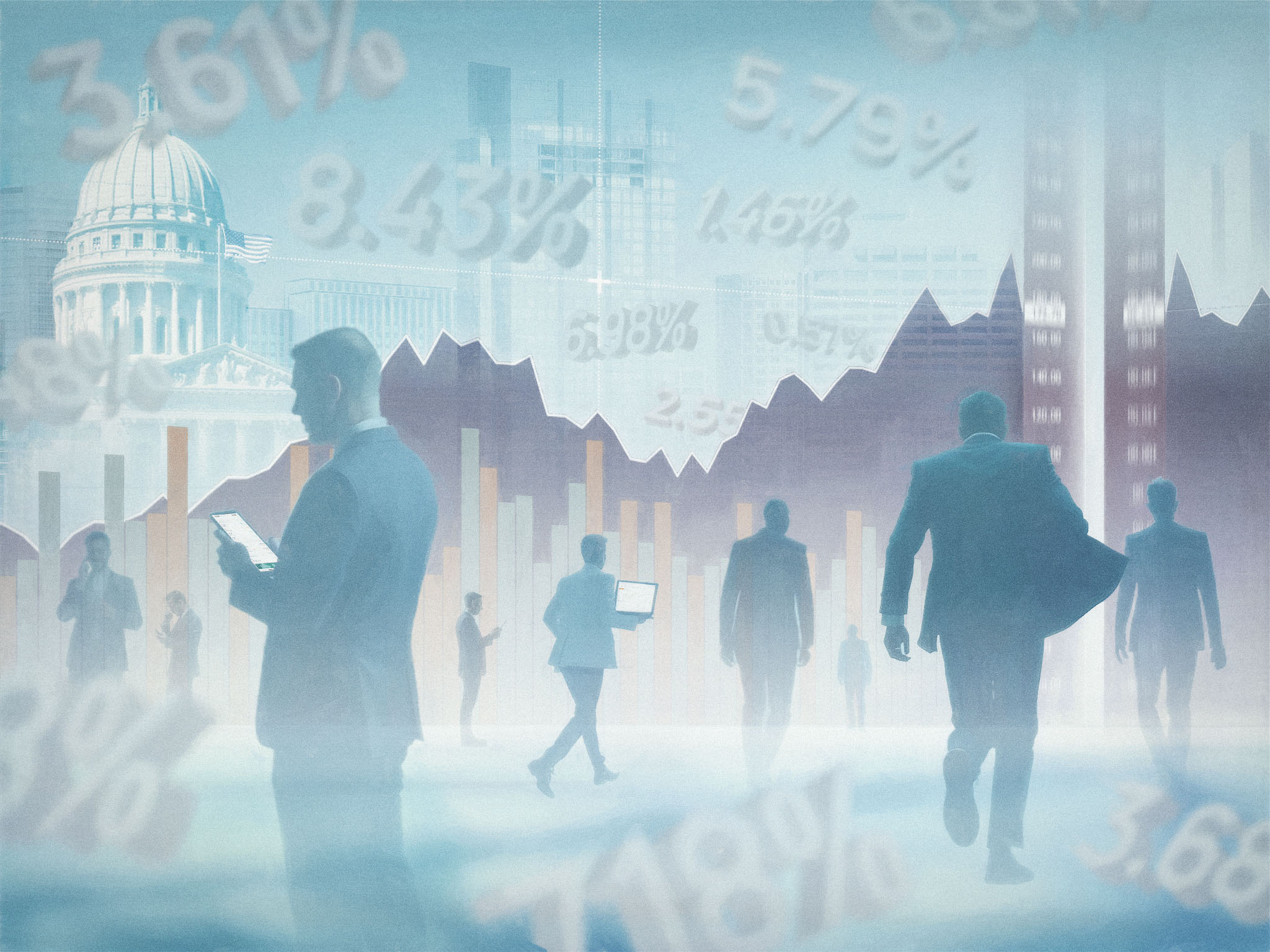Stagflation could torpedo capital markets

Some experts say the biggest threat for US financial markets is slowing economic growth, not inflation. Others say no, growth is buoyant: stubborn inflation is the issue.
But it could be that both sides are half-right. The big risk may well be stagflation — a combination of sliding economic growth and persistent inflation.
That possibility was reinforced by this week’s news about consumer confidence. The Conference Board consumer confidence index fell 7% in February from January, the biggest drop since August 2021. That drop stemmed both from falling expectations for the economy and rising expectations for inflation.
“Stagflation is the biggest risk looming over markets right now,” says Mark Hackett, chief market strategist at Nationwide.
Current numbers and ugly history
GDP growth slipped to 2.3% annualized in the first quarter from 3.1% in the fourth quarter. And Goldman Sachs economists expect another dip to 1.9% for the current quarter.
On the inflation side, the personal consumption expenditure index, the Federal Reserve’s favored indicator, increased 2.6% in 2024. That’s well above the Fed’s target of 2%.
As you know, weak economic growth mainly hurts stock prices, and high inflation hurts stock and bond prices. Stagflation last ruled the US economy from 1973-82, depressing both stock and bond prices.
To be sure, investors who bought 30-year Treasuries in 1981, when their yield hit 15%, and then held them for at least several years made out well. However, stock holders didn’t. The S&P 500 generated a total annualized return of just 6.6% from 1973-81, compared to 12.5% since then.
So if the economy continues to slow down and elevated inflation refuses to go away, the results could be quite damaging for financial markets.
